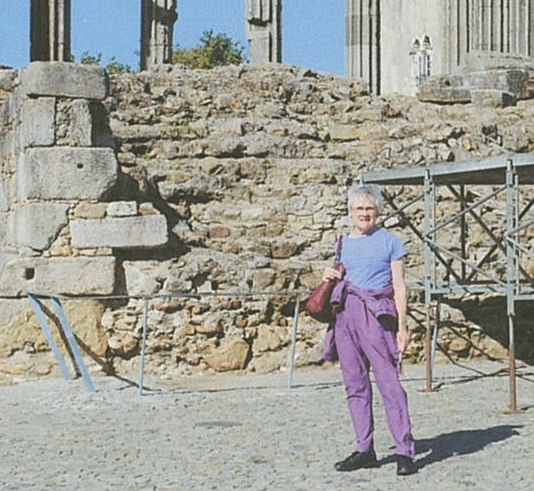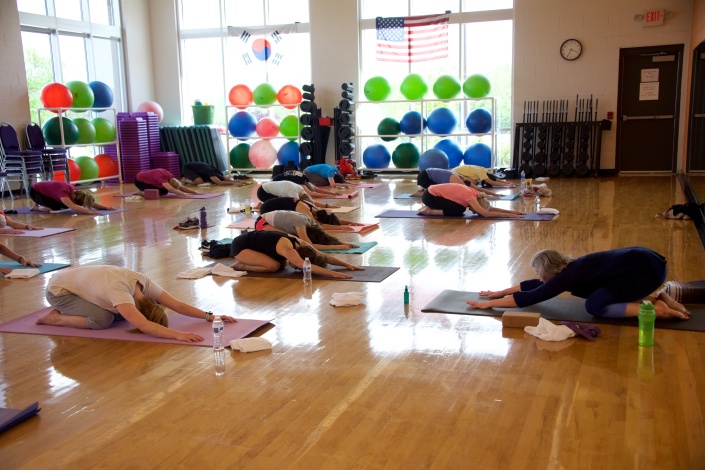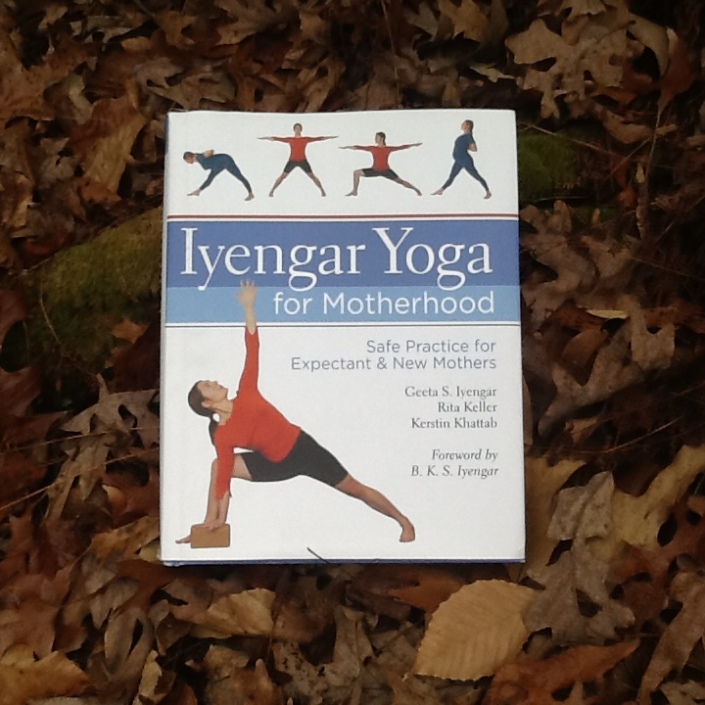What’s Your Dosha?

Yoga Releases Negative Emotions

This phenomenon has been affirmed by the Journal of Clinical Psychiatry. A recent study followed two groups of women who had been diagnosed with PTSD: one group attended a weekly yoga class, specially designed for them, and the other group attended a weekly education and support group. The researchers found that over half of the women who had attended the yoga class were free of PTSD, compared to a fifth of the women who attended the support group.
This special yoga class, called trauma-informed yoga, is taught by trained yogis with experience working with domestic violence and sexual assault survivors. Exhale to Inhale is an organization founded by Zöe LePage. Her vision to heal and empower women through yoga has grown into a network of organizations and yoga studios who have collectively served more than 900 women.
Trauma-informed yoga taps into what yogis have known for centuries: Yoga can help release emotions that burrow in the muscles of your body, which contributes to greater calmness, fluidity, balance, and emotional well being. And this is a good thing for every body!
Yoga is My New Religion: A Conversation with an Episcopal Priest
As a component of her work with Carol Krucoff and Kimberly Carson, Jo sat down to talk with two of the Spears yogis. This is the second of the two interviews posted here on the blog.
Subbing for other yoga teachers is always challenging but comes with its rewards. One Monday afternoon, I taught a yoga class at the Spears YMCA where I met Jim. An Episcopal priest, he was a few months shy of his 79th birthday and shining with health and positivity. Front row center, Jim was sitting on his mat in virasana (hero pose). He asked me with a smile, “Is this yoga one? It’s supposed to be.”
“Oh, yes, you are right, this is yoga one.” I thanked him for reminding me, secretly feeling embarrassed that I had forgotten to check the schedule to see how the class was listed before going in to teach.
What a boon meeting Jim has turned out to be! We chatted after class, and I wasn’t surprised to discover that he was a devoted husband, proud father, and doting grandfather. I also learned that eight months earlier, after attending a retreat, he had decided to cut his ponytail and start practicing yoga. What really got my attention was his litmus test for knowing when something is good: crying. “I always cry after yoga, tears of joy,” he said.
I asked if other members of his family also practiced yoga. He said that yes, his granddaughter practices yoga, and his wife has been practicing for over ten years. She loves silver stretch and chair yoga. “She’s double jointed,” he said, “most of the family is except me.” Jim also said that he really wished that he had given yoga a chance much earlier in life. At Christmas he gave the book Real Men Do Yoga to his son, grandsons, and son in law so they could also realize the benefits of regular asana practice. Just the other day, Jim’s son told him that he’d done a headstand because his shoulders were hurting, so the nudge was just what he needed.
Curious to know about Jim’s practice beyond yoga, I asked him if he practices pranayama (breathing) and meditation. “Yes,” he nodded. “I’ve been meditating for about ten years.” He is familiar with breath work, due to the influence of a friend who practices alternate nostril pranayama every morning, and the victorious—or ujjayi—breath that is regularly cued in my classes. His current goal is to build stability in virksasana (tree pose), so he can increase the length of time that he can stay in balance poses. His list of favorite poses is impressive: utkatasana (chair), salamba sarvangasana (shoulderstand), ustrasana (camel), ekapadarajakapotasana (pigeon), sura namaskara (sun salutation), virabhadrasana (warriors I-III), and paripurna navasana (boat).

Several times throughout the conversation Jim proclaimed, “Yoga is my new religion.” He listed the emotional and spiritual changes that yoga practice has created in his life: laughing more, taking himself less seriously, feeling less competitive, and being less judgmental of himself. On that front, he recommended books by Brené Brown and Tara Brach. Physically, like anyone who has a body, he has experienced pain. He has successfully alleviated numbness in his fingers by improving his posture, and he rid himself of knee pain with a variation of warrior one, positioning himself at the wall with his hands touching the wall.
I decided to ask Jim a question that I am often asked: “As a yogi, do you plan to travel to India?” He paused with a little laugh he said “No,” then listed a country or two where he had friends and family. Then he said “I’d love to go there [to India].” And I thought . . . me too. We sat quietly for a few seconds.
I’ll conclude with an email I received from Jim the next day. He wrote:
Jo,
It just came to me that I may have failed to emphasize the most profound gift of yoga. Posing in savasana (corpse) soon after I began doing yoga on a mat, I realized that for the first time in over 75 years my “self” was moving out of my head and into my torso, arms, and legs. Early in my life, I had given into the superstition that mind is superior to body. When I become mindful of the sensation of energy rushing through my body—even out of my feet and fingers—it was a gift. Now that I am almost 79, I am feeling gratitude and love for myself in a way I’d not experienced. I am not mainly in my mind. I am all of me. So I feel myself in a way I’d overlooked for so long. This must be why the heart is so much emphasized in yoga. Thanks for being one of the teachers who has helped me, and I’m sure many others come to love our whole being: body, soul, strength, and mind.
Namaste,
Jim
You Just Don’t Have the Killer Instinct: A Conversation with a Geographer and Self-Proclaimed Nerd
As a component of her work with Carol Krucoff and Kimberly Carson, Jo sat down to talk with two of the Spears yogis. This is the first of the two interviews we’ll post here on the blog.
When you are as actively engaged in life as Dorothy, asana practice becomes a must—a maintenance program, the thing that keeps your physical body functioning so that over time you are less likely to “lose ground,” as this 80-year-old yogi says. In the interest of full disclosure, Dorothy and I are members of a local hiking club and have spent as many hours together on hiking trails across North Carolina, Virginia, and Tennessee as we have on the yoga mat.
In spite of these hours together, her yoga story was new to me. I learned that she has been practicing yoga for about 20 years, and her story takes us back to a time in her life when stress was taking over. She was in a very mentally demanding job that she loved, while raising a family with a type A partner whom she also loved very much. Her husband was a successful businessman whose preferred way to de-stress was to crush his opponents on the tennis court. “You just don’t have the killer instinct—you only compete with yourself,” he said to her. So began the quest of this highly functioning self-proclaimed nerd, needing to find her own way of getting out of her head and into her body.
She tried aerobics and other various forms of exercise, and all were helpful and enjoyable enough, but just not hitting the spot. One day she decided to try a class listed as “gentle yoga” at the local YWCA. She became a regular, and she soon realized that yoga asanas (poses) and pranayama (breathing) provided the energy that she required and the sense of calm and well-being that other forms of exercise for her had lacked. After those first few classes, she describes the way she felt as energized and relaxed at the same time.
Over time, Dorothy has developed a practice to suit her needs. She has always preferred to hold the poses for a good while, coining the phrase “a pause in the pose.” Her particular favorites are trikonasana (triangle) and parivrtta (revolved triangle), two stretches that she says feel really good. A regular participant in afternoon and early evening classes, she is drawn to classes where the lights are kept low, and the poses are held long enough for everyone to really “settle into the stretch and connect with the breath.”

As a practicing Quaker believing that the Spirit of God dwells in every person, Dorothy comments, “Yoga nurtures that [Quakerism].” As for the future, Dorothy’s goal is not to lose ground: she wants to maintain the level of flexibility and grace that regular practice has provided, even if it means moving to the wall for balance poses. Having a functioning body is important for Dorothy, who is active in multiple Quaker organizations and projects.
She described a recent project in Portugal that required a level of stamina she felt initially uncertain about: “I had to walk from my hotel to the various schools, and some of the walking was on cobblestone streets. I got along fine, although my knees got tired.” Her knees get extra care through modifications in class, and she says that the 2016 trip “was the seventh Global Volunteers project that I have done over the last ten years. I plan to do some more of these trips if my money and my knees hold out.” With continued modifications, along with creativity and wisdom, we’ll keep her knees strong for as long as possible.
As for breath work, she knows without a doubt that deep breathing has expanded her lung capacity. She recently made the same observation that I—along with many other yogis—have made at the doctor’s office: when asked to breathe deeply while the medical staff is listening with a stethoscope, it seems like they wait a long time for us to finish the breath cycle!
Benne Seed Cookies

For those of you who attended the filming of Jo’s class back in February, this is the recipe for the delicate cookies she served. Also known as Benne Wafers, these treats are named for the Bantu word for sesame, and they are simple to make.
Ingredients:
2 cups brown sugar
3/4 cup vegetable oil
1 egg
4 T hot water
3/4 cup flour
2 cups sesame seeds
Instructions:
Combine all ingredients to make a soft dough. Drop by 1/2 teaspoonful on a greased cookie sheet. Bake at 325º for 10 minutes.
Breathing is Enough
Here are a few things we can consider as we focus our practice and set our intentions:

Over the course of the next few months, remember to slow down, breathe, and take care of yourself.
Now is the Time to Begin a Home Yoga Practice
Having trouble getting your schedule to line up to available yoga classes? Stuck at home in a snowstorm? Easy solution: begin a home yoga practice. Building a home yoga practice is something many yogis crave but just can’t seem to get off the ground.
Here are some tips for creating the space in your home and schedule for a daily practice.
1. Locate a place in your home to practice. You’ll want enough floor space for your mat plus a few feet extra in each direction for your arms and legs to stretch out. Play some music to inspire movement, and if you can, close the door to reduce distractions.

- Poses to warm your muscles
- At least one balance pose
- A spinal twist
- An inversion
- A back-bending pose
- A cool-down pose
Q & A — How Can I Keep My Hips Comfortable During Pregnancy?

For tips on practicing yoga safely with a pregnant body, Iyengar Yoga for Motherhood: Safe Practice for Expectant & New Mothers, by Geeta S. Iyengar et al is your go-to resource.
Yoga Teaching is Yoga Learning
Coming up from November 2nd to the 9th, Jo will be training at Duke Integrative Medicine.
If you have a question for Jo, ask away! Write to Jo with your yoga questions, and we’ll post her answer here on the blog.

